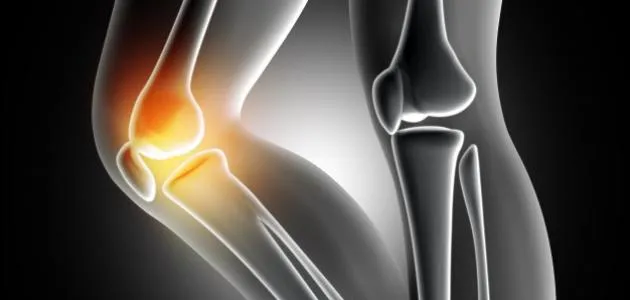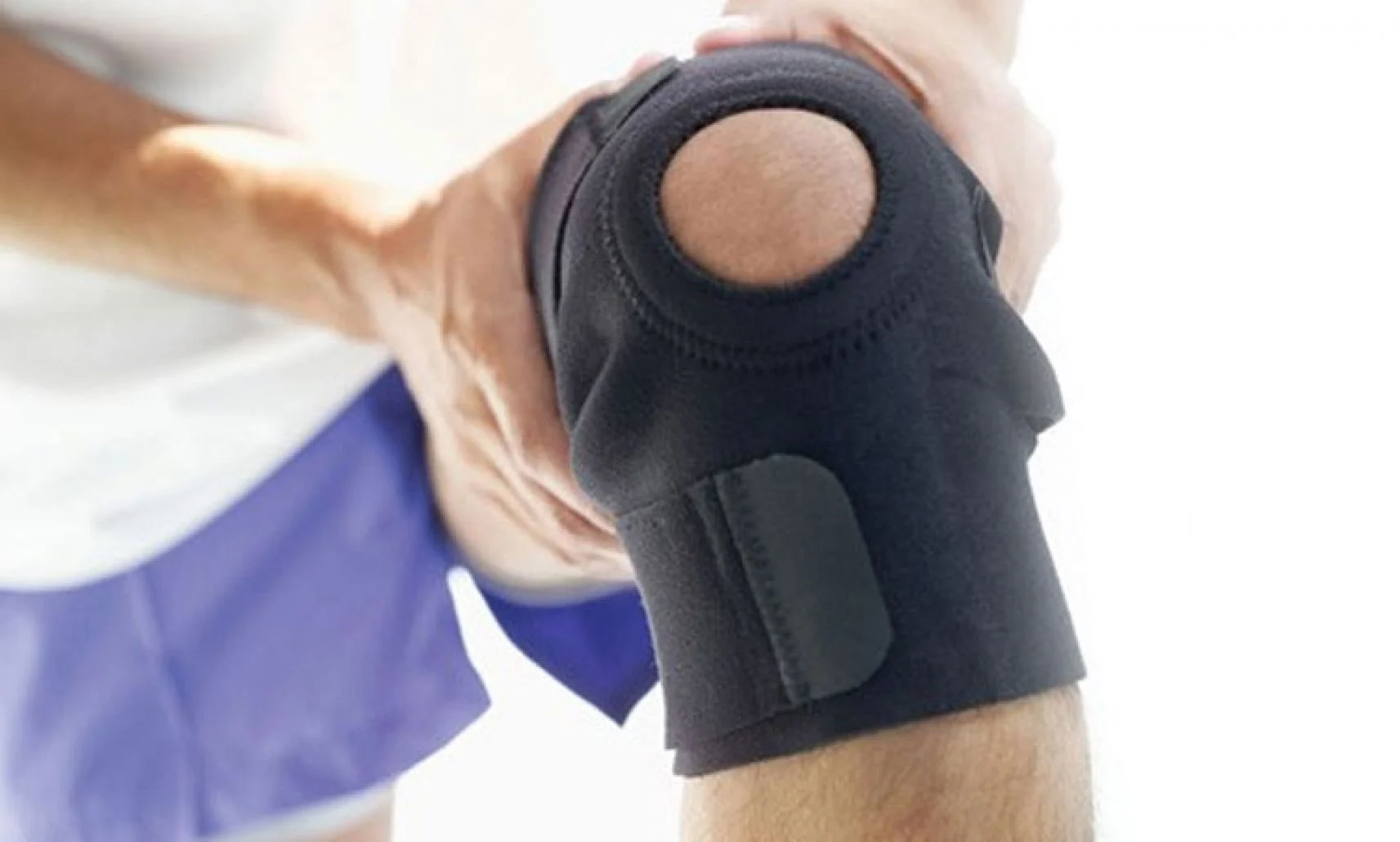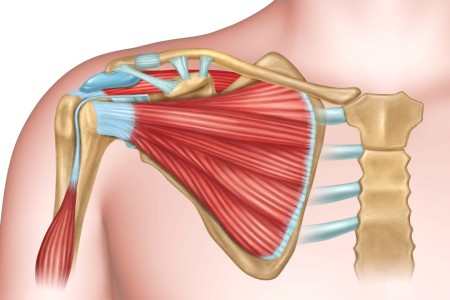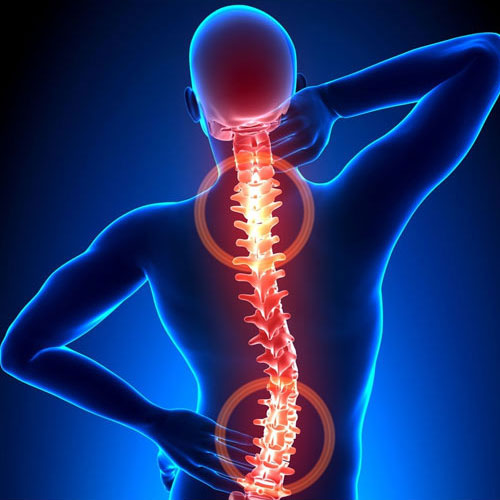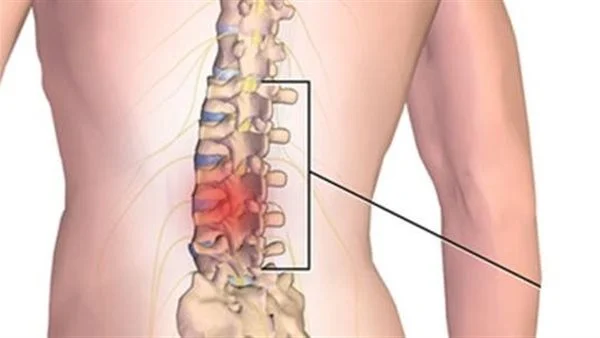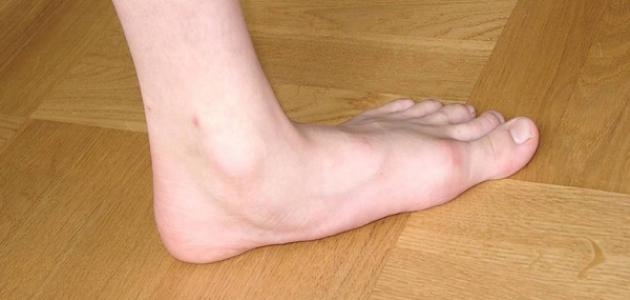? Cost of Finger Tendon Cutting Procedure and Can the Cut Heal
Cost of finger tendon cutting surgery, individuals suffering from finger injuries, such as tendon tears or cuts, may face challenges, and with the importance of the natural movement of the hand and fingers in daily life, in this article, we will provide an overview of the cost of finger tendon cutting surgery, possible alternatives to cover the costs, and we will also highlight important considerations that should be taken into account when planning for this type of surgical treatment.
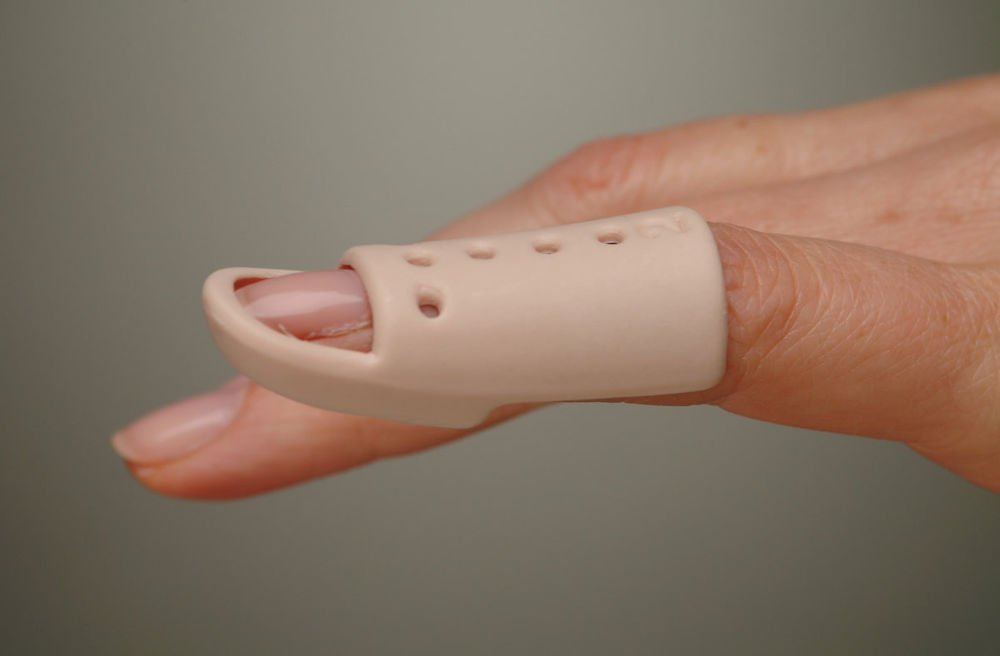
Cost of Finger Tendon Cutting Surgery
Finger tendon cutting surgery is one of the surgeries that may require surgical intervention to repair the cut tendons, and the cost of this procedure in Egypt varies based on several factors, and the patient’s condition is one of the factors affecting the cost of this procedure, as it depends on the degree of tendon damage.
And the complexity of the surgery, in general, the simple surgery to repair the tendon present in the fingers is a surgery that takes a short time, the duration of the surgery in this case ranges between 45 – 60 minutes, however, in the case of severe and complex tendon injuries, the surgery can take much longer.
The cost of finger tendon cutting surgery in Egypt usually ranges between 50 to 100 thousand Egyptian pounds, however, this cost should be taken based on the patient’s condition and the degree of complexity, in addition to the technique followed by the surgeon, therefore, it is important to consult with the specialist in arthroscopic and spinal surgery, Dr. Amr Amal.
To determine the appropriate cost for your case and effectively meet your medical needs, the surgery to cut the finger tendon should be performed under the appropriate anesthesia, and partial or general anesthesia may be chosen depending on the patient’s condition and the surgeon’s recommendation, and the procedure is usually performed on the palm of the hand, where the cut tendons are accessed through a precise incision in the skin.
Discover the best solutions for the treatment of finger tendon cutting with Dr. Amr Amal.
How do I know if the finger tendon is cut?
The clinical diagnosis of finger tendon cutting is important to determine the extent of the injury and the need for surgical intervention to reconnect the tendon, and several signs and symptoms may indicate a cut finger tendon, including:
- Loss of ability to move the finger: If the finger tendon is cut, the injured person will be unable to move the affected finger in a natural way, and you can try to move the injured finger to test it, and if there is no response or movement, the tendon may be cut.
- Finger deformity: A clear deformity can occur in the injured finger, where it can become more bent or oriented in an unnatural way.
- Lack of sensation in the extremities: There may be a loss of sensation in the injured finger, due to damage to the nerves near the severed tendon, which means that the finger may have been injured.
To confirm the presence of a cut finger tendon, the specialist should be consulted, as the diagnosis is usually based on an assessment of the symptoms and the patient’s medical history, in addition to performing dye test or x-ray tests to determine the extent of the injury and determine if the bones are broken.
Also, if a cut finger tendon is confirmed, surgical intervention may be required to reconnect the tendon, and the treatment includes fixing the tendon by securing it using tapes or sutures, and then following a physical therapy program to enhance tendon healing and restore finger movement. However.
It should be noted that the importance of rapid diagnosis and surgical intervention depends on determining the extent of the impact of the tendon cut on the movement and function of the finger, so researchers advise seeking medical care as soon as possible to determine the best treatment for a finger tendon injury.
Get rid of the pain and problems of finger tendon cutting thanks to the experience of Dr. Amr Amal.
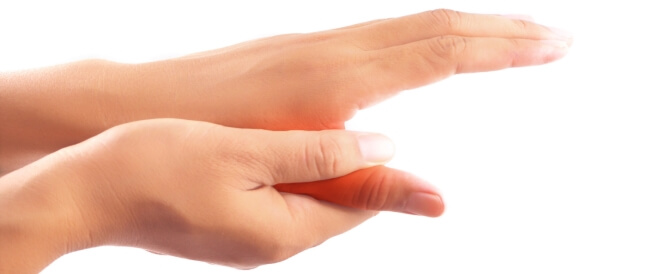
Reasons for finger tendon surgery
Finger tendon repair surgery is a surgical procedure in which damaged or severed tendons in the finger area are restored, and this procedure requires a precise and professional procedure to restore the natural movement and function of the fingers, and in this article we will review the most common reasons that may necessitate undergoing finger tendon surgery.
- Deep wounds in the hand area: A deep wound on the side of the palm of your hand, wrist, or hand or forearm may cause tendon damage, and this may be the result of an accident or injury, and usually requires surgery to repair these damaged tendons.
- Sports injuries: Sports injuries are a common cause of tendon damage in the finger area, as tears or cuts in the tendons may occur as a result of intense training or inappropriate strong movements during sports practice, and in some cases it is necessary to perform surgery to repair the damaged tendons.
- Lack of response to non-surgical treatments: In some cases, non-surgical treatments may not be sufficient to treat the tendon damage, and common treatments include joint bending and extension throughout the treatment period to prevent finger stiffness, in addition to the use of cortisone injections to relieve inflammation in the damaged area.
- Tendon inflammation: There may be inflammation in the tendons surrounding the finger area, which may require surgery to repair the inflamed tendons, and cortisone injection is one of the common treatments for tendon inflammation in this area.
- Injury from chronic diseases: In some cases, the tendon damage may be the result of chronic diseases such as rheumatoid arthritis or connective tissue tendonitis, which may require surgical treatment to address them.
Get specialized and effective treatment for finger tendon cutting with Dr. Amr Amal.
Symptoms of Finger Tendon Cutting
Finger tendon cutting is a common injury that can occur as a result of partial or complete tearing of the finger tendon, and many people suffer from tendon cuts due to sports injury or violent accidents, which can lead to loss of ability to move the affected fingers, and in this article we will highlight the symptoms of finger tendon cutting and its potential diagnosis and treatment.
- Weakness or loss of movement of the affected fingers.
- Severe pain in the injured area.
- Difficulty controlling the affected fingers.
- Swelling and redness in the injured area.
- A “cracking” sound when the injury occurs.
Prepare for confident and comfortable movement after recovery from finger tendon cutting with Dr. Amr Amal.

How to perform finger tendon surgery
We will take a look at the general procedure for performing finger tendon surgery, and it is important to emphasize that the information provided is not a substitute for consulting a specialist and providing medical advice tailored to the individual case, and here are the basic steps involved in repairing finger tendons:
- Preparing for surgery:
- Preparation for surgery depends on the individual assessment of the patient’s condition and the severity of the injury.
- The patient may be asked to refrain from eating and drinking for a certain period before the operation.
- The area to be operated on is cleaned and sterilized.
- Local anesthesia:
- Before starting the operation, the patient is given a local anesthetic in the target area of the operation.
- The purpose of the local anesthetic is to numb the fingers and prevent pain during the surgery.
- Making a small incision:
- A small incision is made in the fingers to access the damaged tendon precisely.
- A specialized device is used to locate the damaged tendon and repair it accurately.
- Repairing the damaged tendon:
- After identifying the location of the damaged tendon, it is repaired using precise surgical sutures.
- The surgeon uses special threads to tie the tendon ends and secure them safely.
- Healing process and recovery:
- After the surgery, there may be a period that requires monitoring and care of the fingers to ensure they heal properly.
- The patient may need to wear a plastic splint to immobilize the treated finger and prevent tendon adhesion.
Enjoy the comfort and synergy of the comprehensive care provided by Dr. Amr Amal in the treatment of finger tendon cutting.
Expectations after finger tendon surgery
Finger tendon surgery is a common surgical procedure used to treat damage and injuries to the finger tendons, and although the surgery is effective and reliable in achieving recovery, there are some common expectations that should be known after the surgery, the healing after finger tendon surgery may take up to three months and the healing time varies from one person to another.
It depends on many factors, such as the size of the injury and its location, the nature of the surgical procedure, and after the surgery, you may need a slightly longer period to recover fully and regain full ability to use your hand.
The time to return to work may vary depending on the nature of your job and the extent to which the injury affects your ability to perform daily tasks, usually, the patient can resume light activities after six to eight weeks of surgery, and with the passage of time and improvement in your condition.
You can practice more powerful activities and sports exercises after ten to twelve weeks, however, you may not fully regain your movement after repairing the finger tendons, and you may need physical therapy sessions to achieve additional improvement, and there are many cases that require surgery to suture the tendon in the thumb finger or tendon graft.
Including tendon cuts due to wounds, and the surgeon may place a cotton bandage around your arm to stop the flow of blood during the surgery, to ensure better visibility and maneuverability of the tendons, and the bandage is usually removed after the operation is completed.
Pain and swelling after surgery may be common to some extent, and in the first few days after the surgery, you may need to take painkillers to reduce the pain, and it is also recommended to apply ice to the injured area to reduce inflammation and swelling, and you may also need to change your eating habits.
Consult Dr. Amr Amal to get an accurate diagnosis and appropriate treatment for finger tendon cutting.
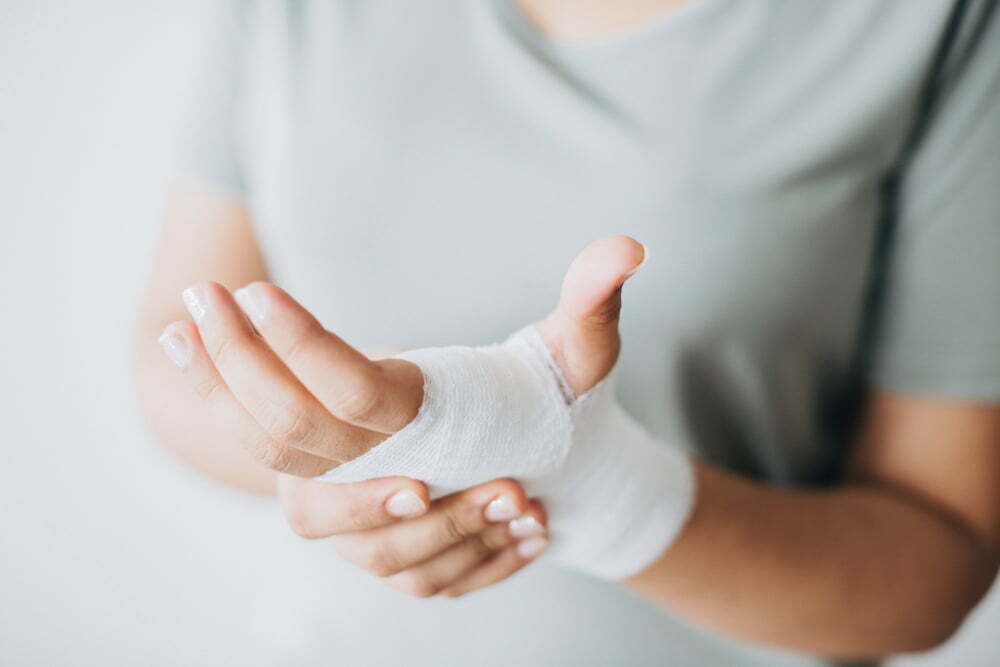
Is Finger Tendon Cutting Dangerous?
Finger tendon cutting is a surgical injury that occurs as a result of exposure to a strong shock or deep wound in the fingers, and the cutting of the tendon in the fingers is considered a serious injury and may require surgery to repair it, as there are several risks associated with the procedure to repair finger tendons.
Such as drug sensitivity, scar tissue formation, and difficulty breathing, and the use of anesthetic and anti-inflammatory drugs poses a risk to people who are allergic to these drugs, as they can cause serious allergic reactions such as shortness of breath, skin redness, and rashes.
On the other hand, performing surgery to repair the tendons in the fingers requires a surgical intervention that works to open the wound and reattach and secure the severed tendon, and this procedure can cause scar tissue formation, which can affect the movement of the fingers and reduce their flexibility.
In addition, patients may experience difficulty breathing during and after the surgical procedure due to anesthesia and the use of artificial respiration devices, and complications such as pneumonia or lung congestion may occur if there is no proper breathing during the operation or recovery period.
In any case, finger tendon cutting is considered a serious injury and requires surgery to repair it, however, the patient should be aware of the risks associated with the procedure such as drug sensitivity, scar tissue formation, and breathing difficulties.
Discover the latest techniques and effective treatments for finger tendon cutting with Dr. Amr Amal.
Does Tendon Cut Heal?
The common surgical procedures to treat tendon cuts are the restoration of the tendon by sutures or the replacement of the tendon with an artificial tendon, as for the question of whether the tendon will heal after the cut? The answer depends on several factors, as the cut tendon usually requires medical intervention to heal again, however.
Tendon healing can be difficult and may take longer to heal compared to other injuries, the success of tendon healing depends on many factors such as the location of the cut, the size of the severed piece, and the integrity of the surrounding tendon.
To get the best results, it is important to consider the necessary treatments for successful tendon healing, which may require the use of medications and drugs to relieve pain and swelling, and physical therapy to restore tendon movement and strengthen the surrounding muscles.
And adequate rest to allow the tendon to heal properly, and sometimes surgical treatment may be necessary if there is no noticeable improvement in the condition of the cut tendon or if the injury is severe enough to require tendon replacement with an artificial tendon.
If the finger tendon cut is treated properly and the person receives the necessary care, it is possible for the tendon to heal, and the patient must strictly follow the instructions of the treating physician and follow the prescribed treatment schedule, and it is important to monitor the condition of the tendon after healing to ensure that it is recovering properly and regaining its full function.
Enjoy getting rid of mobility issues after innovative treatment for finger tendon cutting from Dr. Amr Amal.

How long does finger tendon cutting surgery take?
Recovering from a finger tendon cutting procedure involves a general estimation of healing time and restoring normal hand functions. The complete healing time depends on the individual, the size and location of the cut, and the surgical procedure followed. The initial recovery after a finger tendon cutting procedure may take four to six weeks.
During this period, the wound can be easily affected and fragile, so precautions must be taken to prevent infections or exposing the wound to injury. It’s also important during this time to adhere to dressing changes and daily treatment with non-steroidal anti-inflammatory drugs (NSAIDs) to reduce pain and swelling.
After the initial phase, the patient begins the rehabilitation phase, as rehabilitation therapy is an essential part of the treatment process. It aims to restore finger movement and strengthen surrounding muscles. Rehabilitation therapy may include smooth motion exercises, stretching exercises, and muscle strengthening exercises.
In addition to other techniques such as water therapy or ultrasound therapy, it’s important to follow the doctor’s instructions and rehabilitation therapy carefully during this period to achieve optimal results. Rehabilitation therapy may continue for several months, depending on the patient’s progress and response to treatment.
Talk to Dr. Amr Amal for a unique medical care experience in treating finger tendon cuts.
Risks of Finger Tendon Surgery
Repairing and suturing finger tendons is a delicate surgical procedure aimed at reattaching and repairing cut tendons correctly. While it’s an important procedure to regain finger function, it carries some risks that patients should be aware of.
- Scar Tissue Formation: After finger tendon repair surgery, scar tissue formation may occur due to tendon-tissue interplay, which can lead to limitations in finger movement.
- Breathing Difficulty: Sometimes, pressure on nerves surrounding the injury can lead to difficulty in breathing control, mouth sensitivity, and tongue sensitivity. This complication may require additional medical intervention to relieve nerve pressure.
- Bleeding: In rare cases, bleeding may occur during the surgical procedure, requiring immediate intervention to stop the bleeding and prevent further complications.
- Tendon Rupture Recurrence: Some patients may experience a recurrence of tendon rupture after surgery. This could be due to continuous pressure on the treated tendons or inadequate splinting during initial healing, requiring re-surgery to repair any new tears that occur.
- Healing Time: Finger tendon repair surgery requires sufficient time to heal and regain normal function. While full tendon strength usually takes about 12 weeks, full range of motion recovery may take about 6 months. Patients should consider this and follow post-operative care instructions to ensure successful healing.
- Swelling and Inflammation: Infections and swelling may occur after surgery, so monitoring inflammation and providing appropriate wound care are crucial to facilitate healing and reduce complications.
Prepare to return to an active and comfortable life after recovering from a finger tendon cut with Dr. Amr Amal.
 Risks of Finger Tendon Surgery
Risks of Finger Tendon Surgery
Best Hand Surgery Doctor in Egypt
Dr. Amr Amal continues to solidify his reputation as the best hand surgery doctor in Egypt, known for his exceptional skills and deep expertise in this sensitive field. Dr. Amr Amal combines extensive experience with a continuous readiness to develop his skills and knowledge.
Using the latest innovations and techniques in hand surgery, Dr. Amr Amal works as a consultant in orthopedic and joint surgery at Ain Shams University, holding an important position in the faculty and contributing to training young doctors and deepening their knowledge of hand surgery and innovative treatment methods.
Additionally, Dr. Amr Amal is a member of the Egyptian Orthopedic Surgery Association, reflecting his strong commitment to medical advancement and continuous learning and communication with colleagues in the field. Under Dr. Amr’s supervision, each patient’s condition is carefully assessed, and the best possible solutions are provided. Dr. Amr Amal relies on precise diagnosis and surgical planning to achieve optimal results, utilizing advanced surgical techniques suitable for each case, including traditional surgeries, arthroscopy, and robotic surgery.


